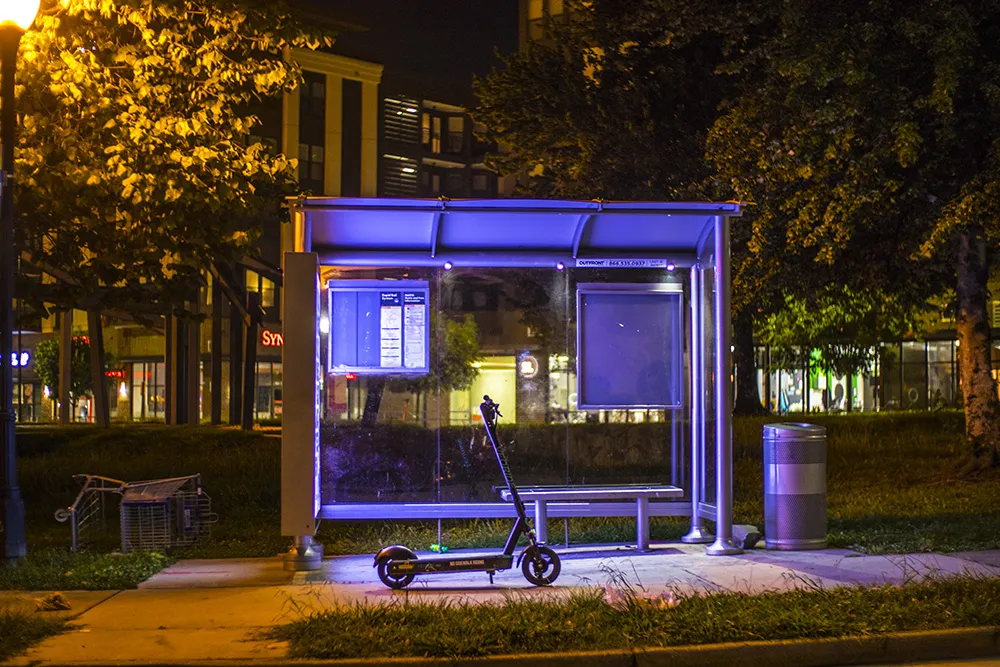The new Menai crossing is intended to alleviate traffic on the two existing bridges over the Menai Strait. The Menai Bridge, built by Thomas Telford in the 1820s and Robert Stephenson's Britannia Bridge suffer from heavy congestion. The Britannia Bridge is also the only section of the A55 that is not dual carriageway and can be a significant bottleneck for traffic along the route, which links the M53 with Holyhead Port and is part of the Trans European Road network.
The aim of the scheme is to improve capacity, reliability and journey times along the route, as well as improve network resilience and opportunities for non-motorised users and safety.
AECOM will deliver a range of services, including bridge and highway engineering, transport planning, traffic modelling and environmental and ecology consultancy services. It will also carry out a review of the potential impact of the proposed scheme on the two historic bridges to develop a design that minimises impact on the environment and is sympathetic to the existing crossings. AECOM will work with its sub-consultants Knight Architects and Ruthin-based environmental consultancy Richards, Moorehead & Laing.
AECOM secures third Menai Crossing contract
Infrastructure services firm AECOM has secured a contract with the Welsh Government to deliver design services for the new third crossing of the Menai Strait. Under the contract, AECOM will undertake the Key Stage 2 Appraisal of options to identify and develop initial designs for a new bridge crossing that will link Anglesey with mainland Wales, with a view to identifying a preferred route. The new Menai crossing is intended to alleviate traffic on the two existing bridges over the Menai Strait. The Menai B
April 27, 2017
Read time: 2 mins
Infrastructure services firm 3525 AECOM has secured a contract with the Welsh Government to deliver design services for the new third crossing of the Menai Strait. Under the contract, AECOM will undertake the Key Stage 2 Appraisal of options to identify and develop initial designs for a new bridge crossing that will link Anglesey with mainland Wales, with a view to identifying a preferred route.








